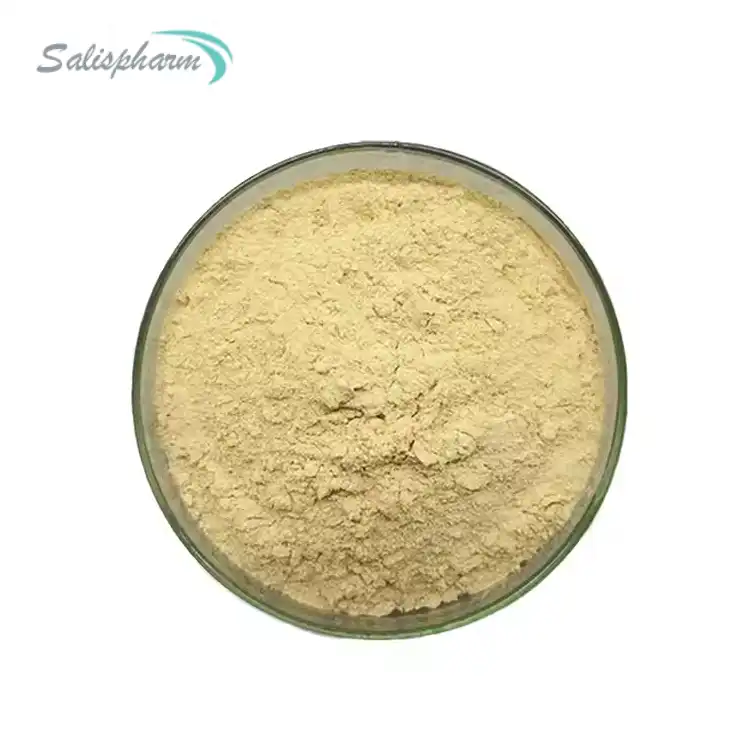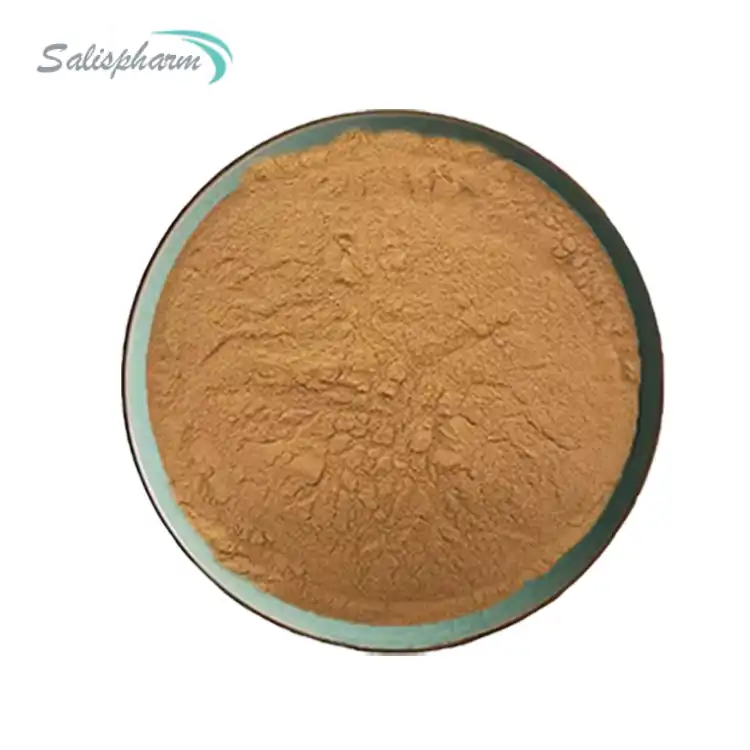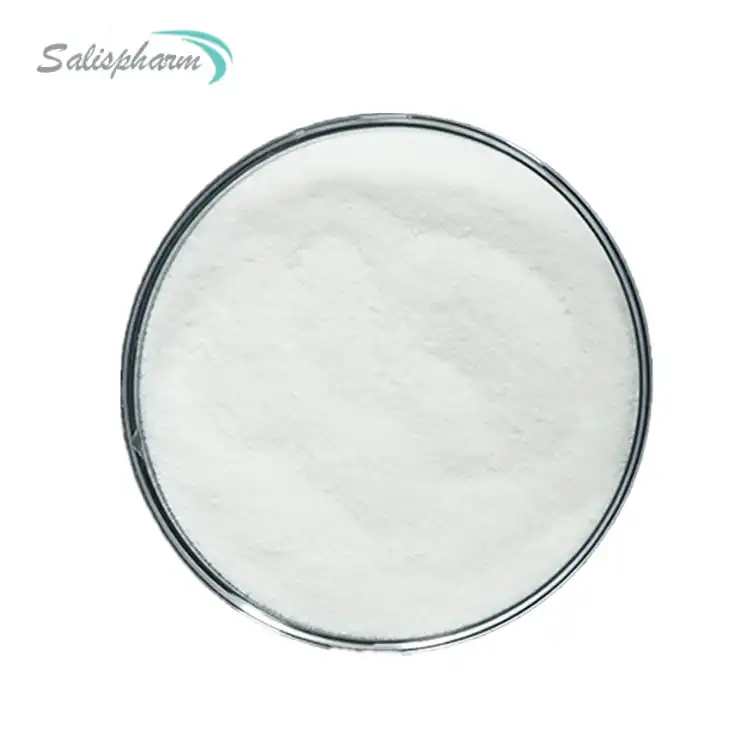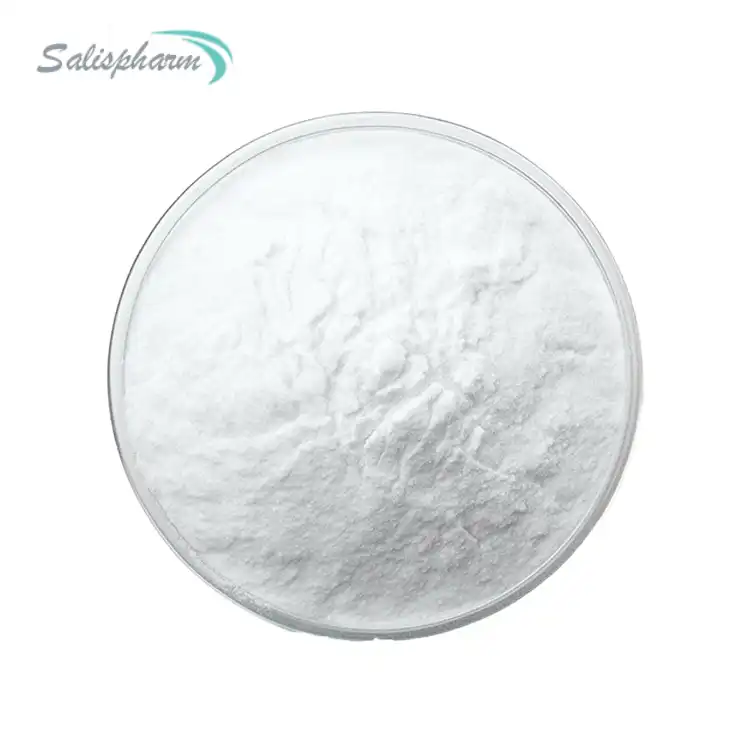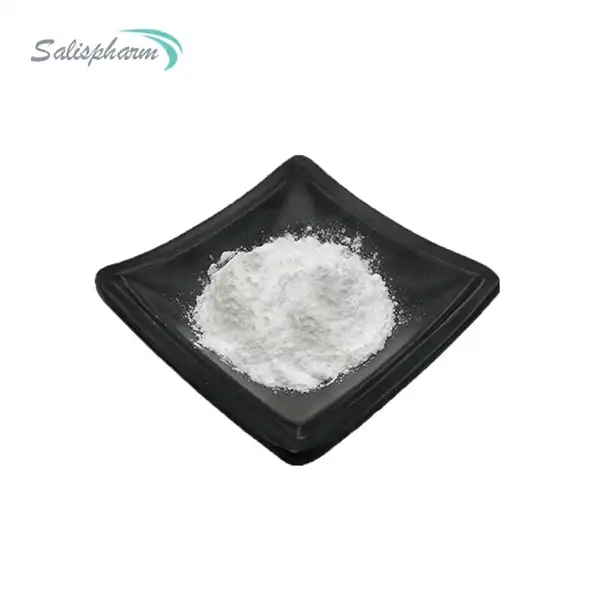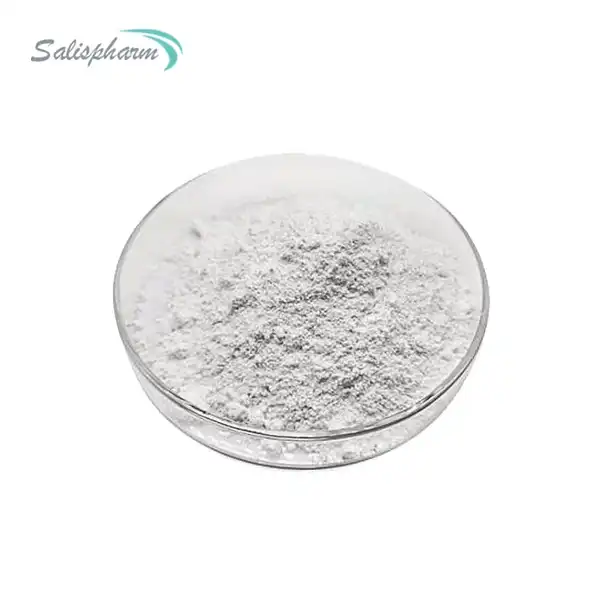Lidocaine powder is a topical anesthetic commonly used for its numbing and pain-relieving properties. It belongs to the class of medications known as amide-type local anesthetics and is widely employed in various medical and cosmetic procedures. While lidocaine powder offers effective pain management, it is crucial to understand its proper usage to ensure safety and optimal results.
What is Lidocaine Powder and How Does it Work?
Lidocaine powder is a white, crystalline compound derived from the base form of lidocaine, an anesthetic agent widely used in medical settings. When applied topically, lidocaine powder works by blocking the transmission of pain signals from the affected area to the brain.
The active ingredient, lidocaine, is a sodium channel blocker that inhibits the conduction of nerve impulses in the targeted area. By preventing the propagation of these electrical signals, lidocaine effectively numbs the treated region, providing temporary relief from pain or discomfort.
Lidocaine powder is often combined with other ingredients, such as benzocaine or tetracaine, to enhance its numbing properties or prolong its duration of action. These formulations are particularly useful in procedures that require prolonged anesthesia or for managing chronic pain conditions.
The onset of action for lidocaine powder varies depending on the concentration, formulation, and application method. Generally, the numbing effect can be felt within 5 to 10 minutes after application, with the peak effect occurring around 20 to 30 minutes.
How to Properly Use Lidocaine Powder for Pain Relief?
Lidocaine powder can be used for a variety of purposes, including minor surgical procedures, wound care, and pain management for various conditions. However, it is essential to follow proper application techniques and dosage guidelines to ensure safe and effective use.
Before applying lidocaine powder, it is crucial to clean and dry the target area thoroughly. Any moisture or contamination can dilute or compromise the effectiveness of the anesthetic. Once the area is prepared, a small amount of lidocaine powder can be evenly applied to the desired region using a clean applicator or gloved hands.
For optimal results, it is recommended to gently massage the powder into the skin to enhance absorption. Depending on the procedure or condition being treated, a protective dressing or occlusive covering may be applied to prevent the powder from being rubbed off or displaced.
It is important to follow the manufacturer's instructions and consult with a healthcare professional regarding the appropriate dosage and duration of use. Overuse or excessive application of lidocaine powder can lead to adverse effects or systemic toxicity.
Common Uses of Lidocaine Powder
Lidocaine powder has a wide range of applications in various medical and cosmetic settings. Here are some common uses:
1. Minor surgical procedures: Lidocaine powder is often used as a topical anesthetic before minor surgical procedures such as mole removal, skin biopsies, or minor incisions. It helps numb the area and reduce discomfort during the procedure.
2. Wound care: Lidocaine powder can be applied to wounds or ulcers to provide pain relief and facilitate dressing changes. It can be particularly useful for chronic wounds or conditions like diabetic foot ulcers, where pain management is crucial for healing.
3. Cosmetic procedures: Lidocaine powder is frequently used in cosmetic procedures like laser hair removal, microneedling, or chemical peels. By numbing the treated area, it helps minimize discomfort and improve the overall experience for patients.
4. Pain management: Lidocaine powder can be used for temporary relief of various types of pain, such as muscle aches, joint pain, or neuropathic pain. It may be applied to the affected area or used in combination with other pain management strategies.
5. Tattoo procedures: Tattoo artists often use lidocaine powder to numb the skin before and during tattooing sessions, reducing the discomfort and pain associated with the needles penetrating the skin.
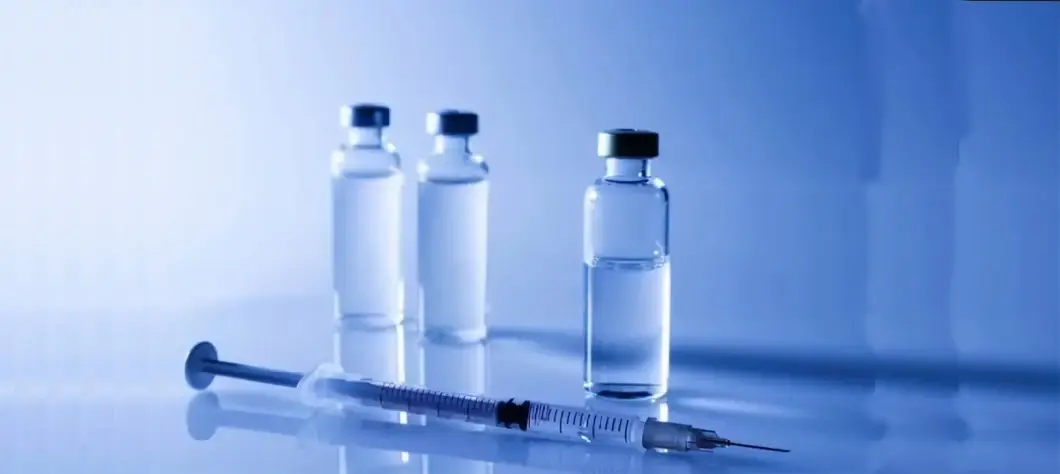
Are There Any Risks or Side Effects Associated with Lidocaine Powder?
While lidocaine powder is generally considered safe when used as directed, it is essential to be aware of potential risks and side effects associated with its use.
One of the primary concerns with lidocaine powder is the risk of systemic absorption, which can lead to toxicity if excessive amounts are applied or if it is used on large areas of the body. Symptoms of lidocaine toxicity may include dizziness, drowsiness, confusion, seizures, and potentially life-threatening complications such as respiratory depression or cardiovascular issues.
Lidocaine powder should not be used on open wounds, mucous membranes, or broken skin, as it can be rapidly absorbed into the bloodstream, increasing the risk of systemic toxicity.
Some individuals may experience localized side effects such as skin irritation, redness, swelling, or allergic reactions. It is advisable to perform a patch test before applying lidocaine powder to a larger area to check for potential allergic reactions.
Additionally, lidocaine powder should be used with caution in certain populations, such as pregnant or breastfeeding women, children, and individuals with liver or kidney impairment, as they may be more susceptible to adverse effects.
It is crucial to follow the recommended dosage and duration of use and to seek medical attention if any concerning symptoms or adverse reactions occur.
Precautions and Safety Measures
To ensure the safe and effective use of lidocaine powder, it is essential to follow these precautions and safety measures:
1. Read and follow the instructions provided by the manufacturer or healthcare professional carefully.
2. Do not use lidocaine powder on open wounds, mucous membranes, or broken skin.
3. Avoid using lidocaine powder on large areas of the body or for prolonged periods, as it may increase the risk of systemic absorption and toxicity.
4. Perform a patch test on a small area of skin before applying lidocaine powder to a larger area to check for potential allergic reactions.
5. Use lidocaine powder with caution if you have liver or kidney impairment, as these conditions may affect the metabolism and elimination of the drug.
6. Inform your healthcare provider if you are pregnant, breastfeeding, or taking any other medications, as lidocaine powder may interact with certain drugs or conditions.
7. Store lidocaine powder in a cool, dry place, away from direct sunlight and moisture, and keep it out of reach of children and pets.
8. Seek medical attention immediately if you experience any severe or concerning side effects after using lidocaine powder.
If you are also interested in this product and want to know more product details, or want to know about other related products, please feel free to contact sasha_slsbio@aliyun.com.
References:
1. Bernards, C. M., & Bodine, S. (2003). Lidocaine. Dermatologic Surgery, 29(8), 865-870.
2. Bjerring, P., Hellsten, Y., Rosell, J., & Arendt-Nielsen, L. (1993). Intense and persistent pain induced by intradermal electrical stimulation enhances plasma levels of tissue-type plasminogen activator and release of substance P. Pain, 52(2), 195-204.
3. Boezaart, A. P. (2019). Lidocaine. Essentials of Regional Anesthesia, 335-342.
4. Buckley, M. M., & Benfield, P. (1993). Eutectic lidocaine/prilocaine cream: A review of the topical anesthetic/analgesic efficacy and tolerability. Drugs, 46(1), 126-151.
5. El-Moazen, H., Painter, M. L., & Tomson, C. R. (2001). Excessive systemic absorption of topical lidocaine in an elderly patient with normal liver function. Nephron, 88(3), 268-270.
6. Gammaitoni, A. R., Alvarez, N. A., & Galer, B. S. (2003). Safety and tolerability of the lidocaine patch 5%, a targeted peripheral analgesic: a review of the literature. Journal of Clinical Pharmacology, 43(2), 111-117.
7. Latzka, W. A., & Sawyer, M. A. (1993). Analyzing the quality of analgesia: Placebo responses in two models of clinical pain. Journal of Pharmacology and Experimental Therapeutics, 264(2), 582-594.
8. Makaryus, A. N., & Zubrow, M. E. (2008). Lidocaine: a historical perspective. Journal of Interventional Cardiac Electrophysiology, 22(2), 143-146.
9. Malamed, S. F. (2004). Handbook of local anesthesia. Elsevier Health Sciences.
10. Rajvaidya, N., & Subramaniam, R. (2022). Lidocaine. StatPearls [Internet]. StatPearls Publishing.

